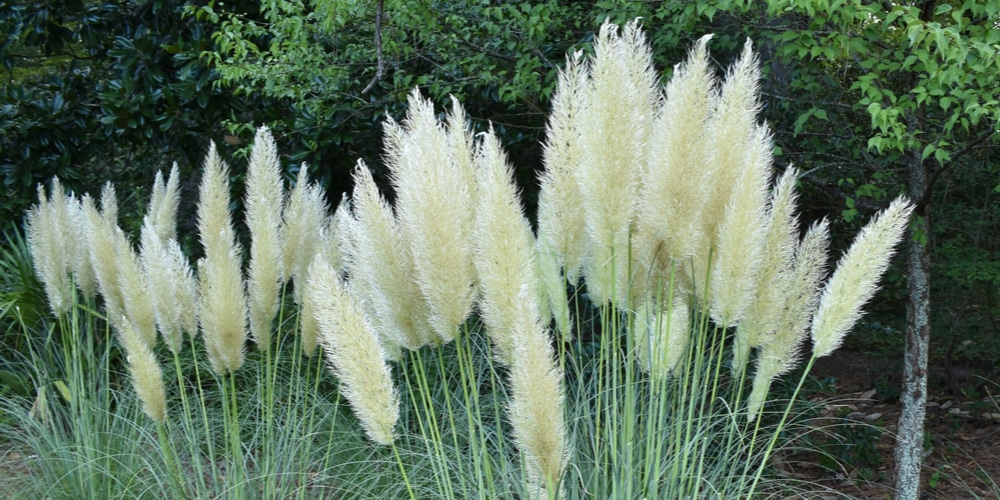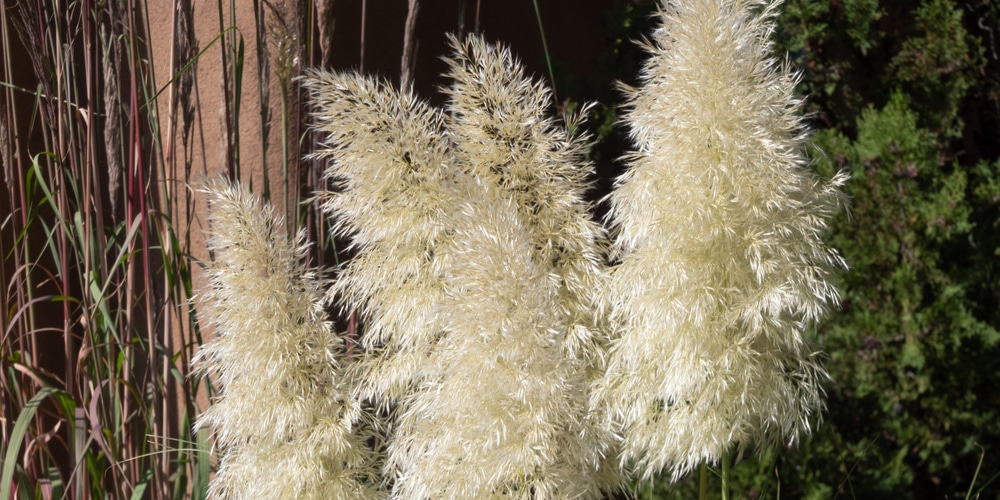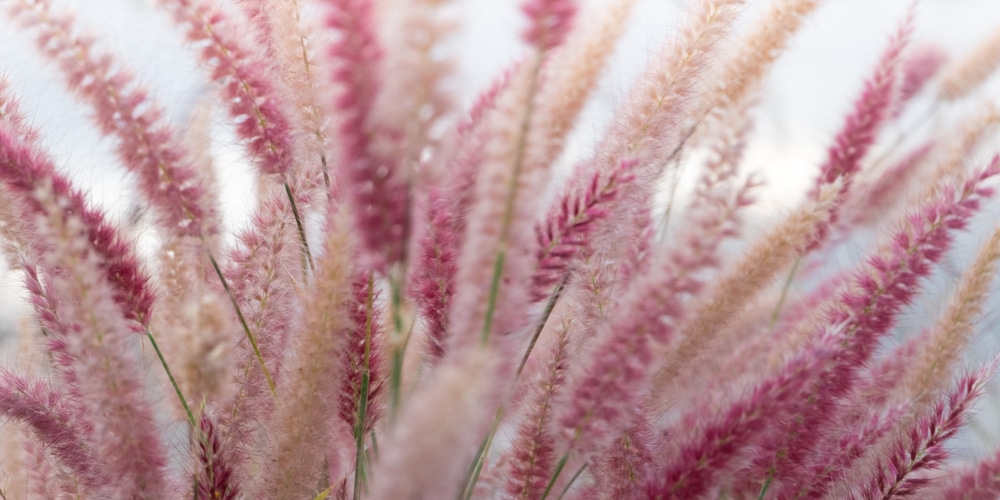If you are looking for ornamental grass that is both stunning and unique, then pampas grass may be a perfect choice. This grass can add a touch of elegance to any yard, and it is relatively easy to care for. However, many homeowners have one question: when is the best time to plant pampas grass?
This article will explore the answer to that question and provide some tips on caring for this beautiful plant!
When to Plant Pampas Grass?
Growing pampas grass is pretty easy, but many considerations ensure it’s a successful garden. The best time to plant pampas grass is from spring through to mid-June to allow young plants to establish before winter. Pampas grass prefers full sun and well-drained soil, so choose a planting site accordingly.
Once planted, pampas grass requires very little maintenance and produces beautiful blooms in the spring and summer months. However, it can become invasive if not kept in check. To control its spread, regular mowing and pruning are necessary. Pampas grass can be a beautiful and low-maintenance addition to any garden.
Preparing The Soil For Planting Pampas Grass
Before you can enjoy the beauty of pampas grass in your garden, you need to prepare the soil. This is a relatively easy process, but it’s essential to do it correctly to ensure that your plants thrive. Here are a few tips for preparing your soil for planting pampas grass:
The first step is to remove any existing vegetation from the area you’ll be planting. This includes grass, weeds, and any other plants that might compete with your pampas grass for water and nutrients.
Next, use a rake or hoe to loosen the top layer of soil. This will help the roots of your pampas grass to more easily take hold of the ground. Finally, add a layer of organic matter to the soil. This could be compost, manure, or even just some extra topsoil.
Watering And Fertilizing Schedule
Pampas grass plants are beautiful, hardy, and easy to take care of, but they need some regular TLC to stay healthy and look their best. Here are a few tips on how to water and fertilize pampas grass plants:
Water pampas grass plants deeply, but not too often. Allow the soil to dry out slightly between watering sessions, and never let the plants stand in water. Over-watering is one of the quickest ways to kill pampas grass.
Fertilize pampas grass plants in spring and summer using a balanced fertilizer. Apply the fertilizer according to the manufacturer’s instructions – too much fertilizer can damage the plants.
Pampas grass comes from hot, dry climates, so ensuring that the soil drains well is crucial. If your soil is heavy or clay-like, consider amending it with sand or Perlite to improve drainage.
Dealing With Common Pests And Diseases That Can Affect Pampas Grass
Pampas grass is native to South America, but it can be found in many other parts of the world. The grass is relatively easy to care for, but it can be affected by various pests and diseases.
The most common pest that affects pampas grass is the caterpillar. Caterpillars can strip the leaves from the plant, causing significant damage. In some cases, entire plants may be killed. Caterpillars can be controlled with a variety of insecticides.
Pampas grass is also susceptible to several diseases, including powdery mildew and rust. These diseases can cause the plant’s leaves to turn brown or yellow and eventually die. To prevent these diseases from taking hold, it is essential to water the plants regularly and avoid overwatering. Fungicides can also be used to treat existing infections.
Tips For Growing Lush Pampas Grass
If you’re looking to add some beautiful ornamental grass to your landscape, pampas grass is excellent. Here are a few tips to help you get started.
Pampas grass grows best in full sun, so make sure you choose a spot in your yard that gets plenty of sunlight. The best time to plant pampas grass is in the spring after the last frost has passed.
When you’re ready to plant, dig a hole twice as wide as the root ball and just as deep. Gently loosen the roots before planting, and then backfill with soil. Water well and mulch around the plant base to help retain moisture.
When to plant pampas grass: Final thoughts
Pampas grass can reach heights of up to 12 feet, giving it plenty of room to grow. You can control its size by trimming it back in late winter or early spring.
You’ll soon have a beautiful stand of pampas grass in your yard with a bit of care!
Related Article: Black Pampas Grass



